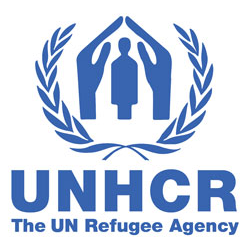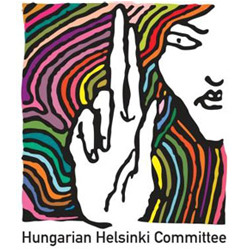Main Debates
- Should different types of migration – regular, unauthorized, and forced – be subject to different forms of control?
- Could freedom of movement be the rule again?
Main Points
- Sociological, demographic, historical and legal perspectives on migration
Understanding fundamental terms of reference:
- International migrant
- Asylum seeker
- Refugee
- Undocumented (illegal) migrant
- ‘Person of concern’ to UNHCR
- International law guarantees exit but remains silent on entry (except for refugees)
Readings
Core
- R. Bedford, ’Contemporary patterns of international migration’, in B. Opeskin, R. Perruchoud and J. Redpath-Cross (eds.), Foundations of International Migration Law (Cambridge: Cambridge University Press, 2012), pp. 17-55.
- R. King, ’Towards a New Map of European Migration’, International Journal of Population Geography, vol.8 (2002), pp. 89-106.
Extended
- A. Demuth, ‘Some Conceptual Thoughts on Migration Research’, in B. Agozino (ed.), Theoretical and Methodological Issues in Migration Research (Aldershot: Ashgate Publishing, 2000), pp. 21–58.
- International Organization for Migration, International Migration Law Glossary on Migration, (Geneva: IOM, 2011).
- C. Joseph, The Ethics of Immigration, (Oxford: Oxford University Press, 2013), pp. 255- 287.
- J. P. Casey, ‘Open Borders: Absurd Chimera or Inevitable Future Policy?’, International Migration, vol. 48, no. 5 (2010), pp. 14–62.
- A. Pécoud and P. de Guchteneire, ‘Introduction: The Migration without Borders Scenario’, in A. Pécoud and P. de Guchteneire (eds), Migration without Borders Essays on the Free Movement of People (Paris: UNESCO Publishing, New York: Berghahn Books, 2007), pp. 3–30.
- V. Bader, ‘The Ethics of Immigration’, Constellations, vol.12, no. 3 (2005), pp. 331–361.




